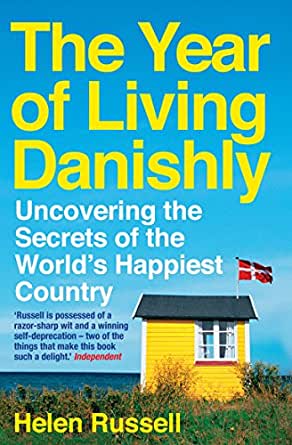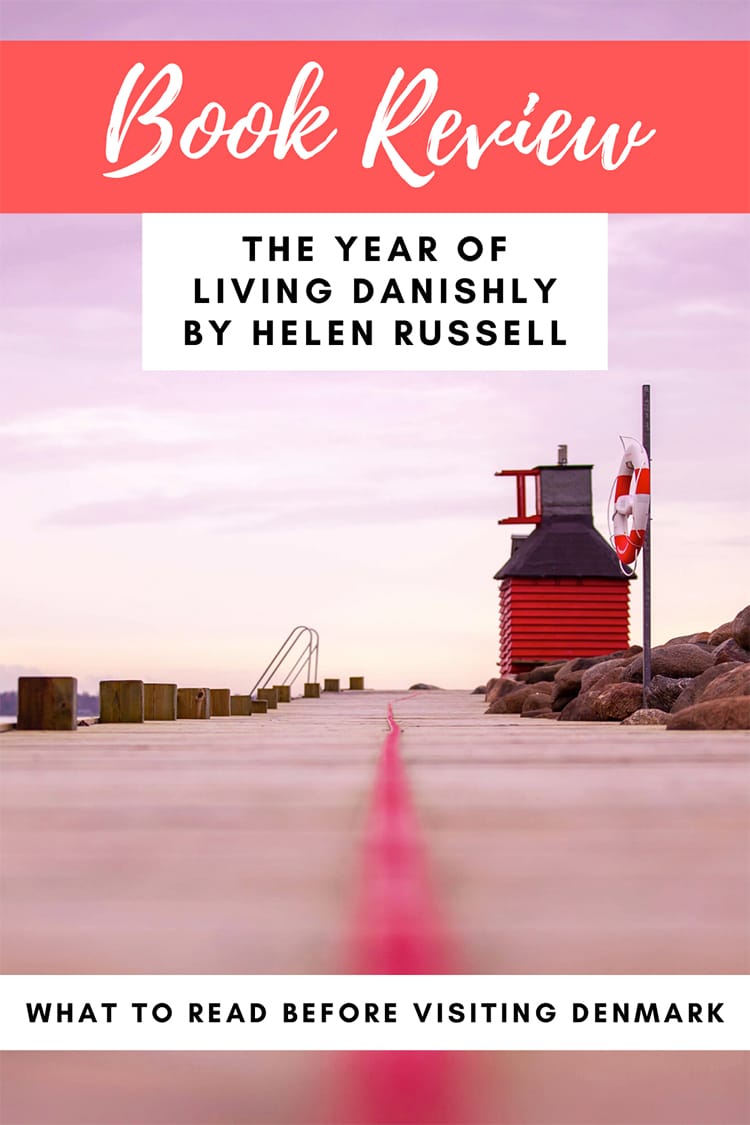I was watching a virtual travel conference when I came across a talk from Helen Russell, the author of The Year of Living Danishly: Uncovering the Secrets of the World’s Happiest Country. She spoke about her year in Denmark and what she’d learned from the happiest place on earth. Her sense of humor is what caught my attention, so I downloaded the book to see what really makes people happy.

What I loved about this book is that she gives her opinion, often hilarious and full of British humor, but she also provides statistics from different sources proving why the Danes are happier than the rest of us. While statistics don’t exactly illicit the sort of “I have to read this book!” response, she provides them in a short and sweet way that doesn’t take away from the flow of the book.
But let’s start from the beginning. Why does she choose to move to Denmark in the first place? Her husband is offered a job with Lego, and lovingly becomes known as Lego Man throughout the entire book. While the job offer is nice, she also has this feeling that there must be more to life than working too hard.
As a journalist on a glossy magazine, I felt like a fraud. I spent my days writing about how readers could ‘have it all’: a healthy work-life balance, success, sanity, sobriety – all while sporting the latest styles and a radiant glow. In reality, I was still paying off student loans, relying on industrial quantities of caffeine to get through the day and self-medicating with Sauvignon Blanc to get myself to sleep.
After evaluating that maybe something was wrong with her own life and that she might not be as happy as she could be, she decides to take a leap of faith and investigate the Danish lifestyle for 12 months. What she comes to find is interesting, insightful, and sometimes laugh out loud funny. Even learning a new language has its laughs.
I stay remarkably quiet the remainder of the class but pick up some other surprising vocabulary, including the fact that ‘slut’ means ‘ends’ or ‘finished’. So my new washing machine hasn’t been abusing me all this time when it stopped and flashed the word ‘slut’ at me in bright red lights!
She immerses herself in Danish culture including everything from pastries to extracurricular activities. She learns about religion and holidays. Family and child rearing practices are examined as well as the government and healthcare. Even what genes Danes have is talked about. One of the more interesting chapters for me is about work life balance which the Danes have perfected. In an attempt to be more Danish, she begins to stop work around 3pm (when most Danes head home for the day).
Nobody calls me on my mobile to shout at me for not answering an urgent email. Nobody lets off a flare gun from London that can be seen all the way over in Jutland to alert me of the fact that my services are required. No bat-light goes on over the North Sea to summon my expertise. I have a startling realization that I am not nearly as indispensable as I think I am.
More than just a good read, this book acts a bit like a guide for learning to have a happier life. Like a how to book without the pity party bit asking you, “Are you depressed, overworked, underappreciated? Then we have a solution for you!” Instead it outlines what truly brings joy to people. What is the secret to happiness? And, how can we include pieces of the Danish way into our own lives? Here’s just one of the many small lessons included…
Continuing to learn throughout life helps improve mental well-being, boosts self-confidence, gives you a sense of purpose and makes you feel more connected to others, according to the Office for National Statistics.
So how can you live Danishly? I guess you’ll just have to read it to find out.
You might also like…

Michelle Della Giovanna
Writer at Full Time Explorer
I’m just your average New Yorker who quit her job in the fashion industry to explore the world. Come find out what it’s like to trade in five-inch heels for squat toilets.




Leave a Reply